Please use this identifier to cite or link to this item:
http://rdcb.cbg.ipn.mx/handle/20.500.12273/90Full metadata record
| DC Field | Value | Language |
|---|---|---|
| dc.rights.license | http://creativecommons.org/licenses/by-nc/4.0 | es_MX |
| dc.creator | TELLEZ GIRON, JABEL DINORIN | es_MX |
| dc.date.accessioned | 2018-07-06T16:13:36Z | - |
| dc.date.available | 2018-07-06T16:13:36Z | - |
| dc.date.issued | 2015-04-11 | - |
| dc.identifier.uri | http://rdcb.cbg.ipn.mx/handle/20.500.12273/90 | - |
| dc.description.abstract | During growth, Bacillus thuringiensis presents three phases: exponential phase (EP), transition state (TS), and sporulation phase (SP). In order to form a dormant spore and to synthesize delta-endotoxins during SP, bacteria must undergo a cellular differentiation process initiated during the TS. Dielectric spectroscopy is a technique that can be utilized for continuous and in situ monitoring of the cellular state. In order to study on-line cell behavior in B. thuringiensis cultures, we conducted a number of batch cultures under different conditions, by scanning 200 frequencies from42Hz to 5MHz and applying fixed current and voltage of 20 mA and 5 V DC, respectively. The resulting signals included Impedance (Z), Angle phase (Deg), Voltage (V), Current (I), Conductance (G), Reactance (X), and Resistance (R). Individual raw data relating to observed dielectric property profiles were correlated with the different growth phases established using data from cellular growth, cry1Ac gene expression, and free spores obtained with conventional techniques and fermentation parameters. Based on these correlations, frequencies of 0.1, 0.5, and 1.225 MHz were selected for the purpose of measuring dielectric properties in independent batch cultures, at a fixed frequency. X and R manifest more propitious behavior in relation to EP, TS, SP, and spore release, due to particular changes in their signals. Interestingly, these profiles underwent pronounced changes during EP and TS that were not noticed when using conventional methods, but were indicative of the beginning of the B. thuringiensis cell differentiation process. | es_MX |
| dc.language.iso | eng | es_MX |
| dc.rights | info:eu-repo/semantics/openAccess | es_MX |
| dc.title | Reactance and resistance: main properties to follow the cell differentiation process in Bacillus thuringiensis by dielectric spectroscopy in real time | es_MX |
| dc.type | info:eu-repo/semantics/article | es_MX |
| dc.creator.id | info:eu-repo/dai/mx/cvu/103991 | es_MX |
| dc.subject.cti | info:eu-repo/classification/cti/6 | es_MX |
| dc.subject.keywords | Cell differentiation | es_MX |
| dc.subject.keywords | Dielectric spectroscopy | es_MX |
| dc.subject.keywords | Bacillus thuringiensis | es_MX |
| dc.subject.keywords | On-linemeasuring | es_MX |
| dc.subject.keywords | Resistance (R) | es_MX |
| dc.subject.keywords | Reactance (X) | es_MX |
| dc.type.version | info:eu-repo/semantics/publishedVersion | es_MX |
| Appears in Collections: | Artículos Científicos | |
Files in This Item:
| File | Description | Size | Format | |
|---|---|---|---|---|
| JABEL DINORIN TELLEZ GIRON 2015.pdf | Reactance and resistance: main properties to follow the cell differentiation process in Bacillus thuringiensis by dielectric spectroscopy in real time | 681.53 kB | Adobe PDF | View/Open |
Items in RI-CBGIPN are protected by copyright, with all rights reserved, unless otherwise indicated.
